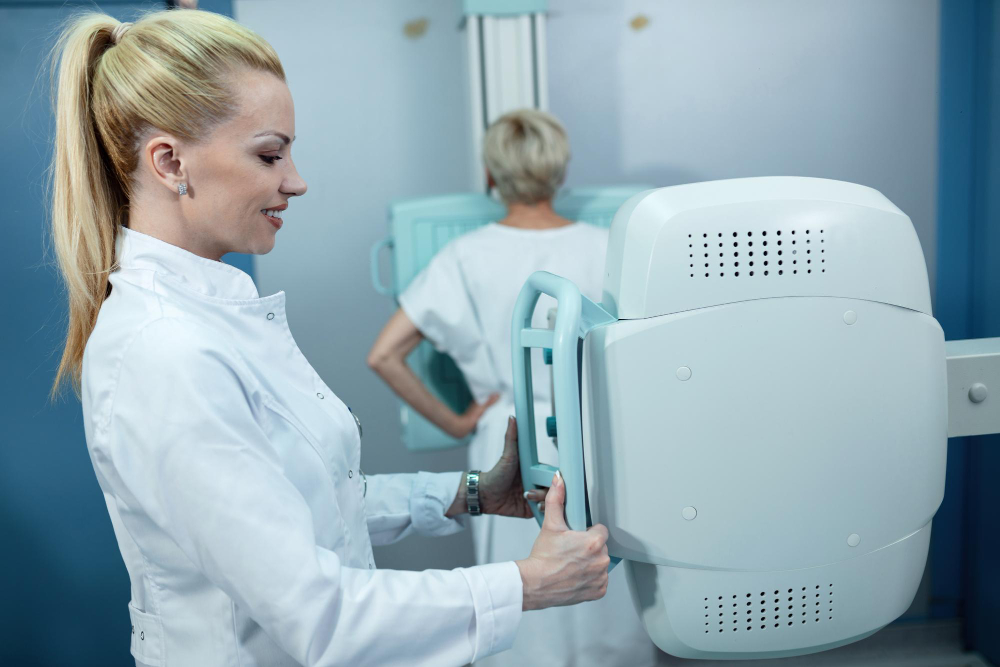Why MRI Breast Without Contrast is Important
MRI Breast Without Contrast plays an important role in evaluating breast conditions when contrast use is not advisable. Although dynamic contrast MRI is the standard for cancer detection, non-contrast MRI serves specific diagnostic and screening purposes. It is particularly useful in the following cases:
-
Patients with renal impairment or gadolinium allergy
-
Evaluation of silicone implant ruptures
-
Assessment of postoperative breast changes
-
Monitoring benign lesions or cysts without radiation exposure
This type of MRI offers a safe, radiation-free way to visualize internal tissue structures, providing clinicians with essential insights for diagnosis or follow-up care. For patients who need repeated breast imaging, a non-contrast MRI reduces exposure to external compounds while maintaining diagnostic quality.
Long-tail keywords (low competition): MRI for silicone implants, non-contrast MRI for breast pain, MRI breast safety, MRI breast scan procedure, MRI breast accuracy
Benefits of MRI Breast Without Contrast
Opting for an MRI Breast Without Contrast at Diagnopein offers several clinical and patient-centered advantages:
-
Safe for individuals with contrast allergies or kidney disease
-
Provides a clear evaluation of implants, cysts, and structural abnormalities
-
No exposure to radiation or contrast-related side effects
-
High-resolution imaging for early detection and detailed tissue mapping
-
Useful for postoperative monitoring and routine screening
Patients appreciate that this scan is entirely noninvasive, pain-free, and takes approximately 20–30 minutes to complete. The detailed imaging helps doctors plan follow-ups and identify conditions that may not appear clearly on a mammogram or ultrasound.
Keyword suggestions: breast MRI scan benefits, MRI breast test without contrast dye, safe breast MRI procedure, breast imaging accuracy, MRI for glandular tissue
How the MRI Breast Without Contrast Test is Performed
Before the scan, patients are asked to remove all metallic objects and wear a comfortable hospital gown. The procedure takes place in an MRI suite, where the patient lies face down on a dedicated breast coil that keeps the chest area stable for optimal imaging.
During the scan:
-
The scanner uses magnetic waves to record multiple detailed cross-sectional images of the breast.
-
No needles or contrast agents are used.
-
The technologist monitors the process from a control room to ensure comfort and image quality.
-
Patients can resume normal activities immediately after the scan.
At Diagnopein, our trained radiologists analyze the MRI data to prepare a comprehensive report that helps referring physicians determine the next steps in care or treatment.









